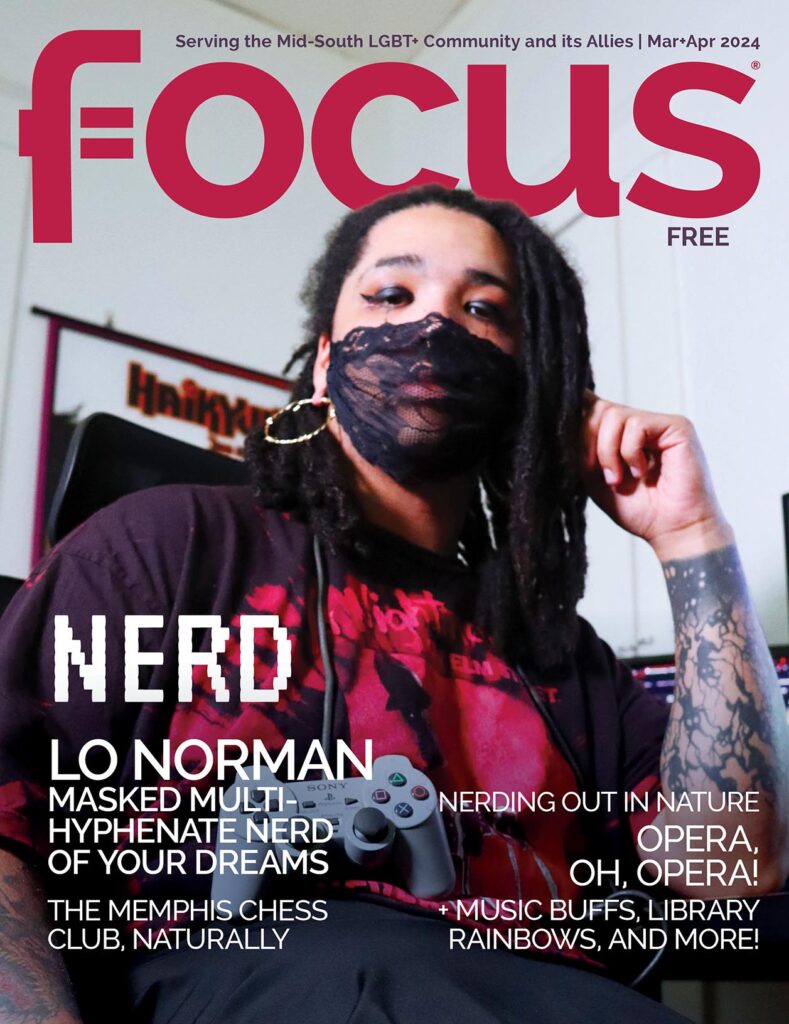by Rocky Vy | photo courtesy Jay Farrell
Raw, profound, unsullied: This is just how Jay Farrell likes his emotions.
These are also just some of the words you might use to describe the Tennessee-based photographer’s latest book “Abandoned Nashville: Dark Corners of Music City.”

In it, you’ll find just under 100 pages of some of the most alluring photographs of the city’s abandoned buildings and the history that accompanies them. This book offers a stark contrast to the often bright, cheery and glowing reviews that Nashville receives as of late.
This book is the fifth installment in his “Abandoned” series, and the third Tennessee-centric one. He authored Alabama and Kentucky books and will be coming out with one Mississippi based later this year.
The photographs in these books offer a unique and fleeting glimpse into the world of abandoned buildings, whether homes or large manufacturing facilities. The eerie images provoke your imagination to fill in the blanks: who used to live or work in these structures? Why did they leave? What was life like in that area?
According to Farrell, these images will become important as gentrification and massive population growth will clear these buildings out to make way for new, modern architecture. Census data showed that Metro Nashville grew by an average of 80-90 people per day in 2017, some of the largest numbers across the U.S.
Before we know it, these buildings – already relics of the past – will become distant memories.
Farrell was initially approached by the England-based publisher, Fonthill Media, because of his blog that he’s self-sustained through the many years of his photography career. His hobby of chronicling deserted infrastructures captured the interest of Fonthill Media, who specializes in historical themes.
The publisher was excited to start this “Abandoned” series, Farrell notes, because England – or much of Europe for that matter – doesn’t really have many abandoned buildings. While many structures are historical, in the sense that they’ve been maintained and reused for other purposes like points of interest for tourism, it’s not common to find a building that’s not in use in some way in England. European readers are fascinated with the concept of old, crumbling buildings that have long been vacated.
For Farrell, capturing these scenes was second nature to him. It was a part of his overall aesthetic.
Growing up in upstate New York, Farrell always had an appreciation for street and journalistic photography. Then, after being laid off from the local newspaper, he moved to Nashville in 1992 because he wanted something different.
After studying fine art, crafting his photography skills, and participating in a few artistic projects, he was still soul searching for what he truly wanted to do. As many aspiring fashion photographers would do, Farrell would schedule photo shoots with models at abandoned buildings. For one, there was no space rental fee, and two, the contrast of an “ugly” background with an alluring model in the foreground made for a good photo.
But, Farrell isn’t an aspiring fashion photographer. He eventually found beauty in the background – the abandoned building. The backdrop didn’t have opinions; they were never late to a photoshoot; they were the one with the most to say.
His aesthetic is all about emotions. Capturing human emotions or eliciting emotions, he wanted to ensure that every photograph you looked at made you feel some kind of way.

Those abandoned buildings made him feel some kind of way, which is why he started to blog about them. He’d sometimes imagine them in different scenarios or contact a local historian to find out the original purpose of the space. These buildings were home to a lot of different emotions, and all of them might run through you when looking at a picture of them after they were abandoned.
That capturing of emotions is the same aesthetic he employs in his wedding photography business which he says he fell into accidentally after being contacted on MySpace by a random wedding photographer looking for assistance. After helping out at a few events, he found his own unique vision in capturing photos at a wedding and started his own business.
His style is all about being a “fly on the wall” he says, photographing the honest and precise moments of human emotions as they happen naturally. He doesn’t like forced scenes and finds that his best photographs happen when the wedded couple least expect it.
And his clients are catching on. Many couples who enjoy a laissez-faire approach to their wedding photography find him trustworthy and his work refreshing.
Trust isn’t easy to come by, but he’s found a pipeline of clients who are willing to place their trust in him from the LGBT+ community.
He photographed his first gay wedding before gay marriage was even legalized in the U.S. The couple was looking for a photographer who not only was talented and didn’t need much direction but was also comfortable having clients who identify as part of the LGBT+ community.
Farrell is a lifelong ally of the community, because he, as an empath, believed that all people are deserving of happiness. All people, regardless of who they love, deserve to be in the spotlight and have their moments photographed.
And apparently, the same goes for all abandoned buildings, too.


